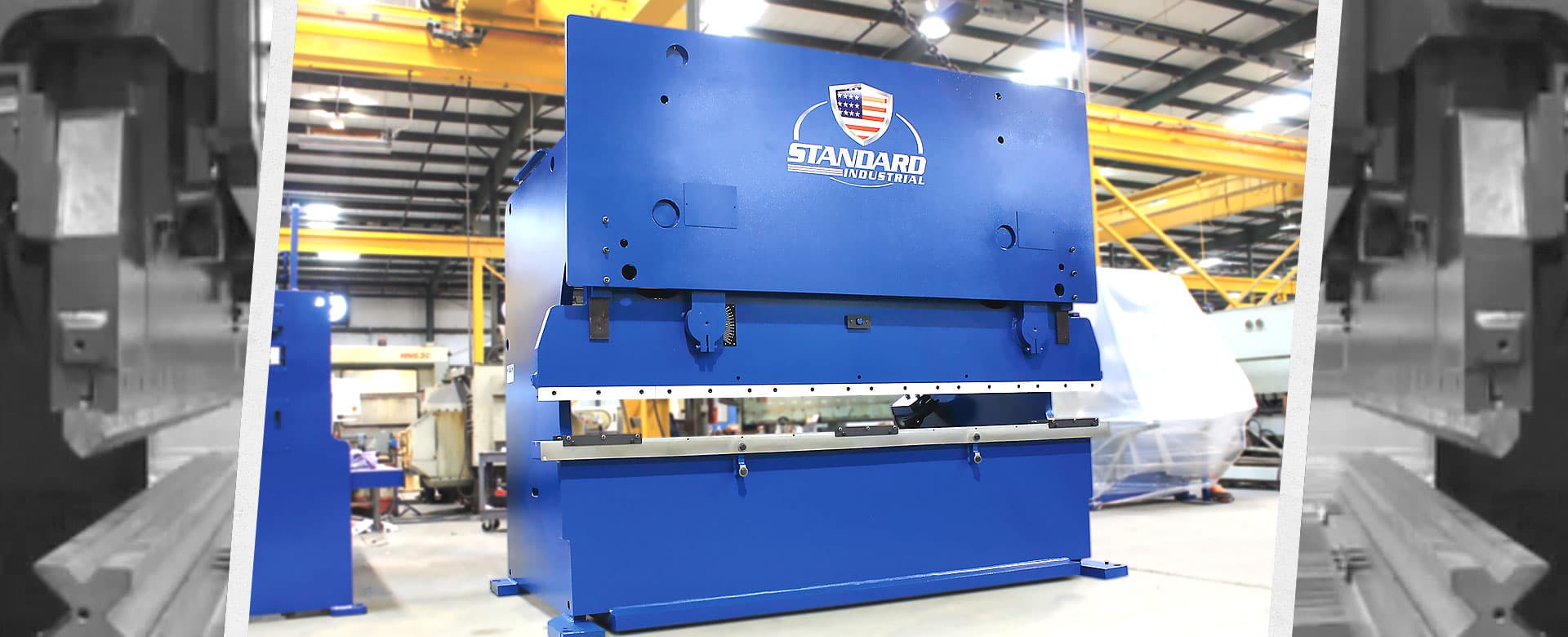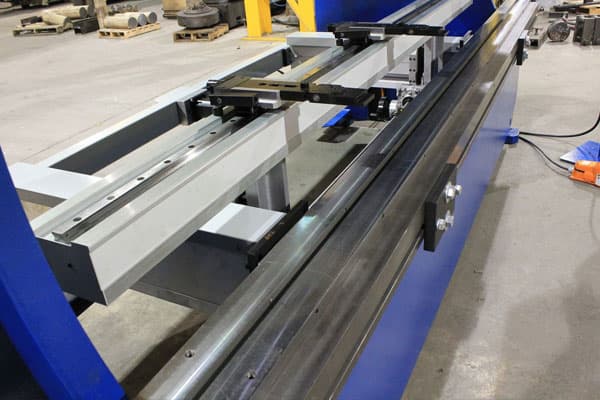K Hydraulics
Quality

Raw power, heavy-duty bending performance, and improved technology � all in a cost-efficient package.
Our manual control brakes are ideal for jobs or industries that don�t require precise and detailed CNC controls. Manual press brakes come with all the same safety features that CNC models have. These powerful machines are easy to start and great for more simple jobs. They have a front-operated ram adjust and power back-gauge with digital readouts. Both can also be fine adjusted by handwheels. Our models range in weight from 22 tons to 425 tons.


